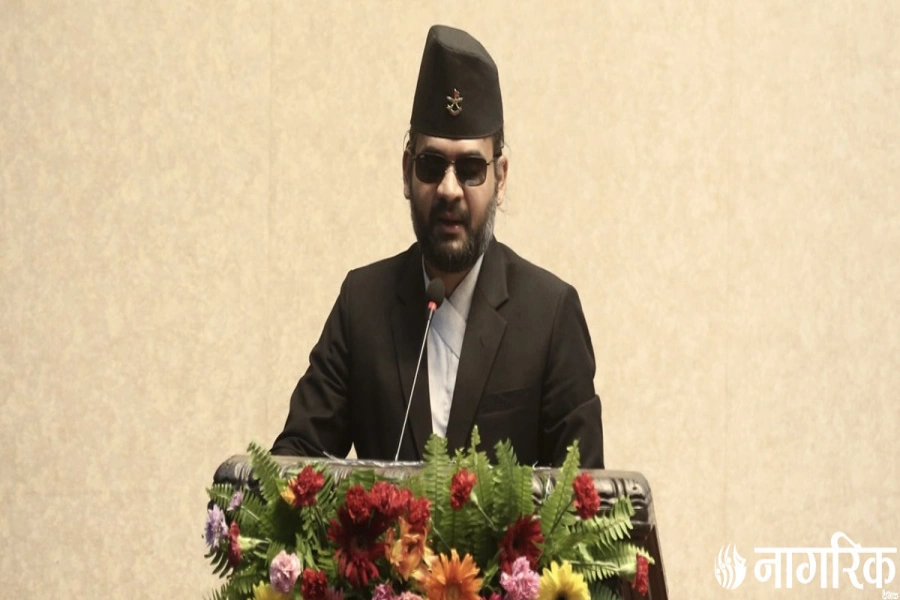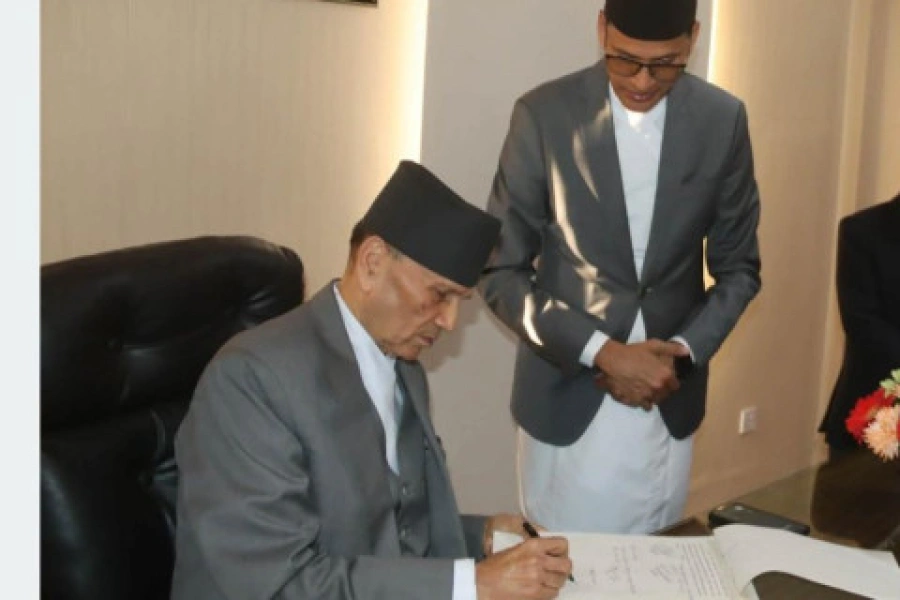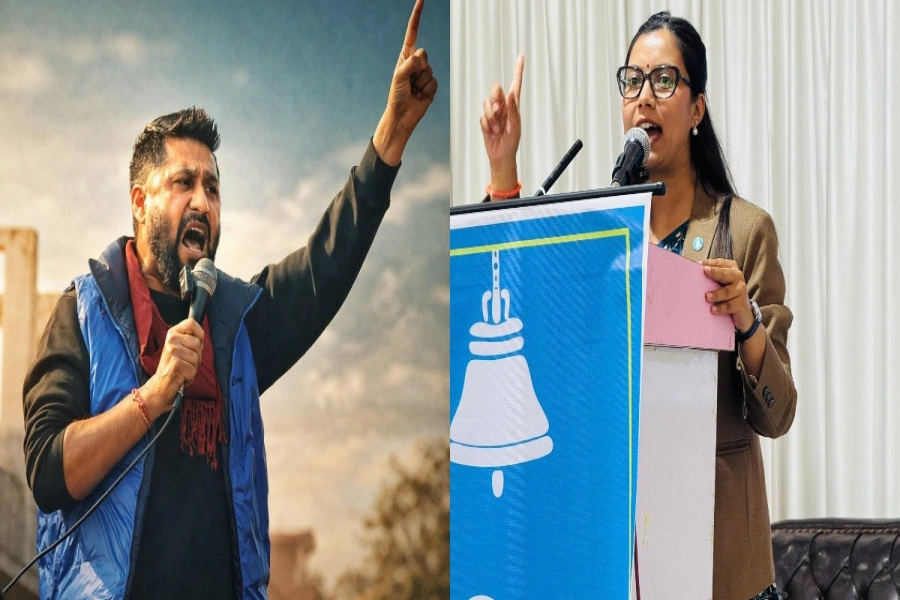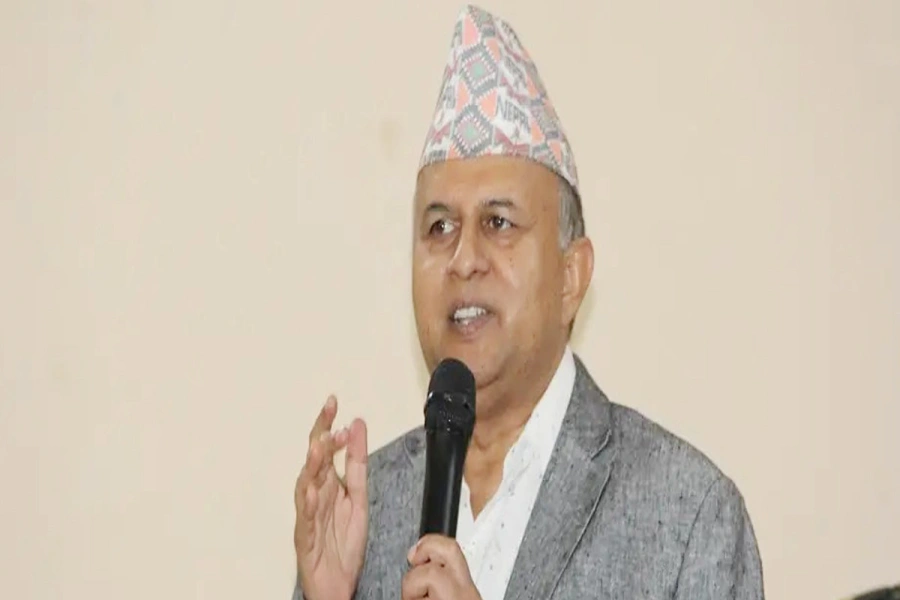The question of which media outlets should get government advertisements has long been controversial. While big media houses have traditionally lobbied for an open advertisement policy, with each government entity deciding for itself which media outlet it should direct its advisements to, smaller outlets have wanted a proportional advertisement policy so that they get a fair share of government ads. Each of the two groups has some valid arguments: the big media outlets command big audiences, which means the ads reach a wide section of the society, which is the purpose of any advertisement. But the small media outlets are also right to argue that without some help from the government, it will be impossible for them to compete against the clout of big houses.
We too believe some state support is vital for the sustainability of small media outlets, but there are strong grounds to doubt the government’s most recent commitment to uplift small media outlets, which it aims to do through its new ‘proportional advertisement directive.’
The most worrying aspect of the new directive is that from now on, all government agencies will need to forward their advertisements to the Department of Information, which will then distribute the ads on a proportional basis. The DoI will do this after assessing the “reach, access and coverage” of each media outlet. There are enough reasons to believe this one window ad policy—reminiscent of a similar policy former king Gyanendra tried to push during his active rule—has been brought in the wake of widespread criticism of some recent government moves by big media outlets. The government has of late come under withering criticism for its handling of the Dekendra Thapa murder case; there has also been a lot of government bashing on NA Colonel Kumar Lama’s UK arrest. The fear is that in the absence of checks and balances, the new policy could be used to muzzle the independence of free press by directing lucrative ads away from media outlets, big and small, that are critical of the government.
There are some admirable aspects of the new directive, like reducing import taxes on newsprint to 2.5 percent from the existing 5 percent (the print media has been badly hit by recent rise in price of newsprint in the international market) and a broader program to train journalists on various fields. But suspicions about the underlying motive of the directive threaten to swamp out any intended good. For one, the ill-equipped DoI simply does not have the resources to make informed and unbiased decisions on allocation of ads. Besides, the creation of a single window will unnecessarily delay promulgation of time-bound advertisements (as most government ads are). Openness and transparency are vital characteristics of a functioning democracy.
If its heart was in the right place, the government would have consulted all concerned stakeholders before arriving at such a momentous decision. Already hounded by the media, the government has succeeded in getting even more bad press by coming up with a questionable ad policy from behind closed doors.
‘We’re not alone’ - ‘Sesame Street’ tackles addiction crisis



































